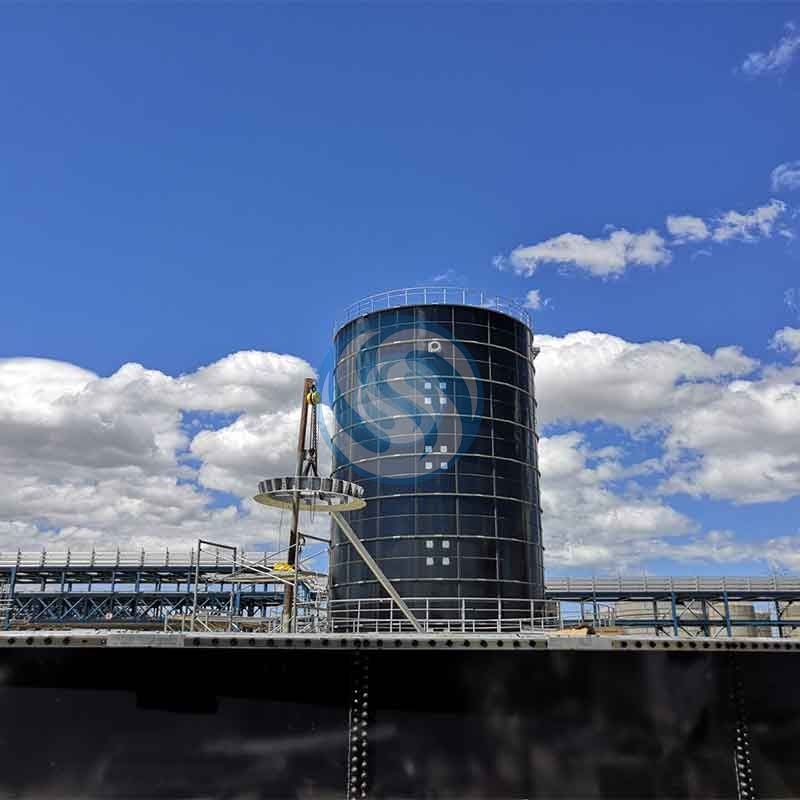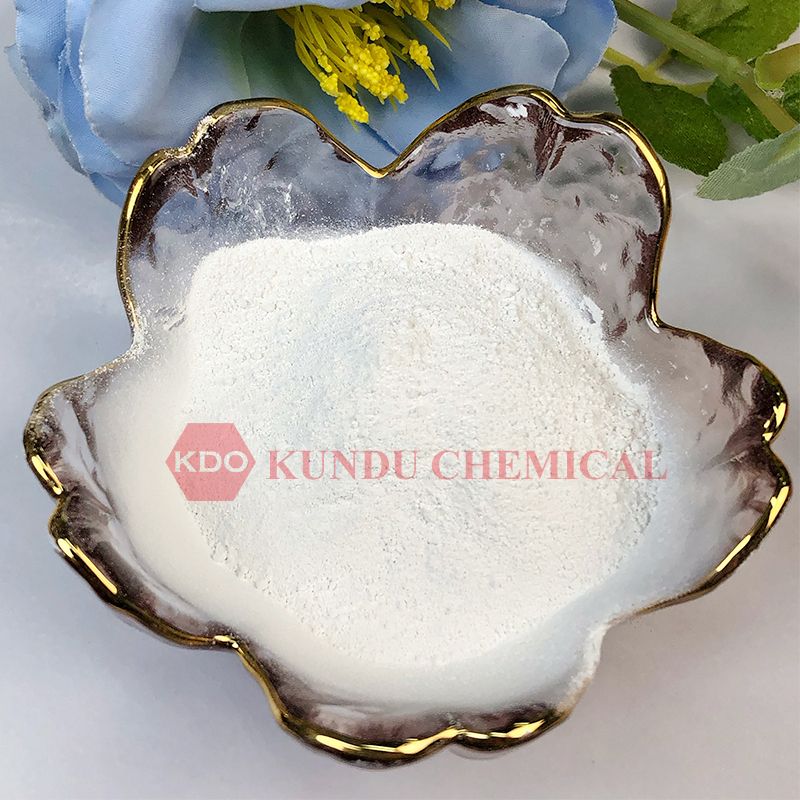Benefits of Using Carboxymethyl Cellulose (CMC) in Wall Putty
In the realm of construction materials, wall putty stands as a crucial component for achieving smooth and durable walls. One additive that has garnered significant attention for its enhancing properties is Carboxymethyl cellulose (CMC). Renowned for its versatility and efficacy, CMC offers a myriad of benefits when incorporated into wall putty formulations. Let's delve deeper into its remarkable attributes and the transformative impact it can have on wall putty applications.

Carboxymethyl cellulose (CMC), derived from cellulose fibers, is a water-soluble polymer renowned for its thickening and stabilizing properties. It is commonly utilized in various industries, including food, pharmaceuticals, and construction, owing to its exceptional rheological properties and binding capabilities.
Benefits of Using Carboxymethyl Cellulose (CMC) in Wall Putty
Enhanced Adhesion
One of the primary advantages of incorporating CMC into wall putty formulations is its ability to enhance adhesion. CMC acts as a bonding agent, promoting stronger adhesion between the putty and the substrate surface. This results in improved durability and longevity of the applied wall putty.
Increased Water Retention
CMC exhibits excellent water retention properties, effectively preventing premature drying of the wall putty during application. This prolonged hydration process allows for better workability and smoother finish, reducing the occurrence of cracks and imperfections.
Improved Consistency
By imparting viscosity and stability to the wall putty mixture, CMC ensures uniform consistency and easy application. This facilitates smoother spreading and better coverage, resulting in a flawless finish.
Reduced Shrinkage
CMC powder acts as a shrinkage reducer in wall putty formulations, mitigating the risk of cracking or shrinking upon drying. This ensures a seamless surface finish, free from blemishes or deformities.
Enhanced Durability
The incorporation of CMC into wall putty enhances its overall durability and resistance to environmental factors such as moisture and temperature fluctuations. This results in walls that maintain their pristine appearance and structural integrity over time.
Related articles:Construction & Real Estate
Environmental Sustainability
Benefits and Applications of Studded T Posts
Demystifying Threaded Rod Grades: What You Need to Know?
10 Tips About Geogrid
From Rustic to Modern: Design Inspirations with Black Stainless Steel
Fire Safety and FRP Cable Trays: Meeting Regulatory Standards
How to design a corrugated metal pipe culvert?
CMC is derived from natural cellulose sources, making it a sustainable and eco-friendly additive for wall putty formulations. Its biodegradable nature ensures minimal environmental impact, aligning with green construction practices.
Application Guidelines for Carboxymethyl Cellulose (CMC) in Wall Putty
Preparation and Mixing
Before incorporating CMC into wall putty, ensure proper dispersion by pre-dissolving it in water to form a smooth slurry. Gradually add the CMC slurry to the wall putty mixture while stirring continuously to achieve uniform distribution.
Dosage
The recommended dosage of CMC in wall putty formulations typically ranges from 0.1% to 0.5% by weight of the total mixture. However, optimal dosage may vary depending on specific application requirements and desired performance characteristics.
Compatibility Testing
Conduct compatibility tests prior to large-scale production to ensure compatibility between CMC and other additives or components in the wall putty formulation. This helps prevent any adverse interactions that may compromise the quality or performance of the final product.
Conclusion
In conclusion, Carboxymethyl cellulose (CMC) emerges as a versatile and indispensable additive for enhancing the performance and durability of wall putty applications. From improving adhesion and water retention to ensuring smoother finish and reduced shrinkage, the benefits of CMC are undeniable. By incorporating CMC into wall putty formulations, contractors and homeowners alike can achieve walls that not only look immaculate but also stand the test of time.
Explore more:Exterior Wall Reinforcement: How Alkali Resistant Fiberglass Mesh Boosts Stucco Durability
Is Your Flexible Hose Safe? The Most Crucial Tips for a Worry-Free Year Ahead
W Beam Highway Guardrail: Safeguarding Journeys with Precision
The Role of Geogrid in Soil Stabilization and Reinforcement
What are the maintenance requirements for a shipping container home?
What is a Corner joint?
Unveiling the Power of Post-Tensioning Wedges in Structural Engineering





